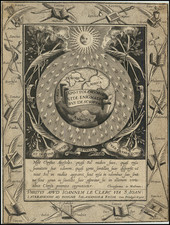Rare early 19th Century map of the World by Bode, one of the most famous astronomers of the 19th Century. Bode published his most famous illustrated work, Uranographia, in 1801, but is perhaps best known for publishing an empirical rule relating the mean distances of the Sun and the planets that had earlier been created by Johann D. Titius. It has since been called Bode's Law or the Titius-Bode Rule. This rare world map, which we have not previously encountered, reflects an up to date knowledge of the NW Coast of America, New Zealand and the discoveries in the Pacific, using an engraving style which is unique for the period. A nice example, with good margins.
Johann Elert Bode (1747-1826) was born in Hamburg. His first publication was on the solar eclipse, August 5, 1766. This was followed by an elementary treatise on astronomy entitled Anleitung zur Kenntniss des gestirnten Himmels, the success of which led to his being summoned to Berlin in 1772 for the purpose of computing ephemerides on an improved plan. In 1774, Bode started the well-known Astronomisches Jahrbuch, a journal that ran to 51 yearly volumes.
Bode became Director of the Berlin Observatory in 1786, where he remained until 1825. There he published the Uranographia in 1801, a celestial atlas that aimed both at scientific accuracy in showing the positions of stars and other astronomical objects, as well as the artistic interpretation of the stellar constellation figures. The Uranographia marks the climax of an epoch of artistic representation of the constellations. Later atlases showed fewer and fewer elaborate figures until they were no longer printed on such tables.
Bode also published a small star atlas, intended for astronomical amateurs (Vorstellung der Gestirne). He is credited with the discovery of Bode's Galaxy (M81). Comet Bode (C/1779 A1) is named after him; its orbit was calculated by Erik Prosperin. From 1787 to 1825 Bode was director of the Astronomisches Rechen-Institut. In 1794, he was elected a foreign member of the Royal Swedish Academy of Sciences. In April 1789, he was elected a fellow of the Royal Society.









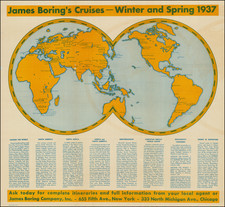
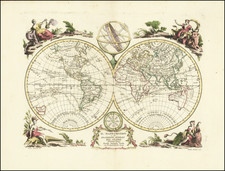
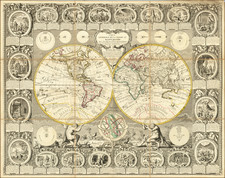
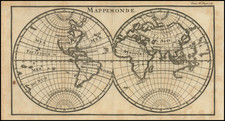
![[World] Air France](https://storage.googleapis.com/raremaps/img/small/67997.jpg)
